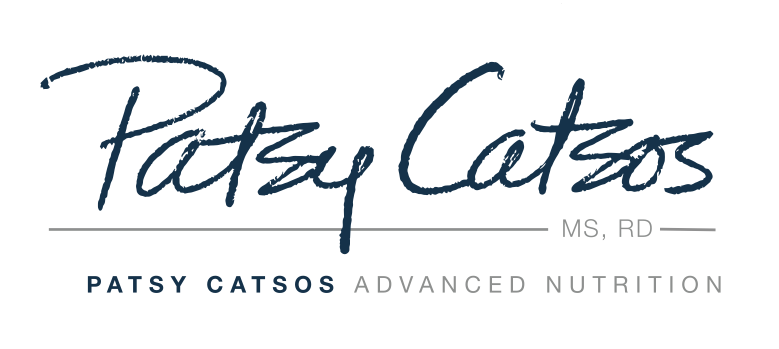Vegans eat foods from plant sources only. No animal products whatsoever are consumed. In my experience, people with IBS who adopt a vegan diet typically have a higher intake of FODMAPs. That happens because most animal products do not contain FODMAPs (lactose is the exception), while plant foods often do.
Is it difficult to get enough protein on a vegan diet without triggering your IBS symptoms?
Many vegan pantry staples are high in FODMAPs. The main problem for vegans is getting enough protein without consuming too many oligosaccharides (fibers found in beans, nuts, and seeds). In addition to oils, the only foods that are guaranteed to have no FODMAPs at all are animal products such as meat, fish, poultry, shellfish, and eggs. These foods have no sugars and no fibers, and therefore zero FODMAPs. So it is immediately apparent that the vegan has far fewer suitable protein sources to choose from on the elimination phase of the diet.
Protein needs vary from one person to the next, depending on your age, size and state of health. Most adult women need a minimum of 46 grams of protein, and adult men need a minimum of 56 grams of protein, but individual needs vary. Protein is a top priority, essential nutrient, and you should not skimp on it in order to eat a low-FODMAP diet, even if you have IBS. Take the time to plan and eat enough low-FODMAP protein sources, or modify the elimination phase of the diet as needed. For example, I often recommend vegans include yellow (moderate) servings of beans and lentils on their low-FODMAP diets, especially if they don’t eat much tofu.
As you go forward to the reintroduction phase of the diet and beyond, you might find you have to reserve a lot of your capacity for FODMAPs to meet your protein needs, while limiting less essential high FODMAP foods as needed to manage symptoms. If there is any question of getting enough protein, or if you need help figuring out how many grams of protein you should be eating, consult a dietitian for advice.
Monash University, originators of the low-FODMAP diet, have put a lot of effort into lab-testing vegan protein sources for FODMAPs over the last few years . Please consult the app for specific low-FODMAP serving sizes of the foods discussed below.
What are some good lower-FODMAP vegan protein sources? Here are some ideas:
Legumes can be included in your low-FODMAP diet: 1.5 ounces of most legumes are moderate sources of FODMAPs. Use them on the elimination phase of the diet if you are a vegan. That would equal approximately 1/2 cup of garbanzo beans, 1/4 cup black beans, 1/3 cup cannelloni beans or kidney beans.
Red, green, and Le Puy lentils can also be part of a low FODMAP diet in small portions; try 2-3 tablespoons of these, or up to 1/3 cup of green lentils. Green lentils often look like small flat brown discs, and are sometimes referred to as brown lentils.
Tempeh and firm tofu are made from soybeans. While whole soybeans aren't suitable, tempeh and tofu are low in FODMAPs due to the way they are processed and can be used as desired. Silken tofu, however, is not low-FODMAP.
Nuts and seeds in small portions (a small, closed handful) are suitable for a low-FODMAP diet. Avoid pistachios and cashews, though; even in limited portions they don't work on a low-FODMAP diet. 2 tablespoons of peanut butter low in FODMAPs.
Grains and grain products such as quinoa, corn, wheat-free breads, sourdough breads, and cereals make small contributions to your protein intake and are suitable for the elimination phase of the diet.
Pea protein isolate is low FODMAP according to the Monash University Low FODMAP Diet app. Vegan shake mixes and powders using pea protein isolate might be low FODMAP if other high FODMAP ingredients aren’t added, but its hard to guess. If possible, choose a product that has been analyzed and certified low FODMAP. If the pea protein ingredient does not use the word “isolate” in its description, its FODMAP status should be considered unknown.
Don't expect alternative milks such as rice milk, almond milk, coconut milk beverage, oat milk and others to provide much protein. Soy milk is a good source of protein, but most US brands are not suitable for a low-FODMAP diet. Vegan broths and stocks and also not good sources of protein.
The USDA FoodData Central is a great tool for learning about the nutrient composition of food. You can look up the number of grams of protein in your favorite foods!
This post was originally published on September 25, 2014. It was updated and re-published on 3/10/2022 and again on 1/12/2024.
This page may contain affiliate links. We are a participant in the Amazon Services LLC Associates Program, an affiliate advertising program designed to provide a means for us to earn fees by linking to Amazon.com and affiliated sites.


